leetCode真題
206. 反轉鏈表
屬于基礎簡單題目
常見的做法有遞歸和while循環

遞歸
// 1. 遞歸參數和返回值public static ListNode reverseList(ListNode head) {// 1. 遞歸終止條件if (head == null || head.next == null) {return head;}// 遞歸邏輯ListNode last = reverseList(head.next);// last是未反轉鏈表的最后一個節點head.next.next = head;// head和last構成雙向head.next = null;// head的向last的指向取消return last;}
不要用自己的大腦想象遞歸過程,人的大腦記不住幾個棧!
這段代碼我們要分析其中的實現邏輯
-
我們要反轉整個鏈表(head節點),就要先反轉鏈表的子鏈表(head.next),然后將head修改到整個鏈表的第一個位置(head.next.next = head;head.next = null;)
-
而要反轉子鏈表head.next,就需要反轉head.next的子鏈表,也就是head.next.next
-
……直到head.next為null時,此時整個子鏈表只有一個節點(節點5),單獨的一個節點顯然已經完成了反轉,此時直接return返回,return返回之后,head指向4節點,last指向5節點

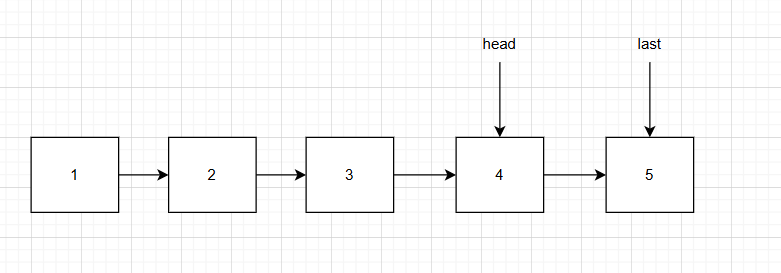
-
然后是反轉倒數第二個節點(4),4節點的子鏈表顯然已經完成了反轉,此時只要將4節點拼接到5節點之后即可完成4,5節點的反轉
head.next.next = head;
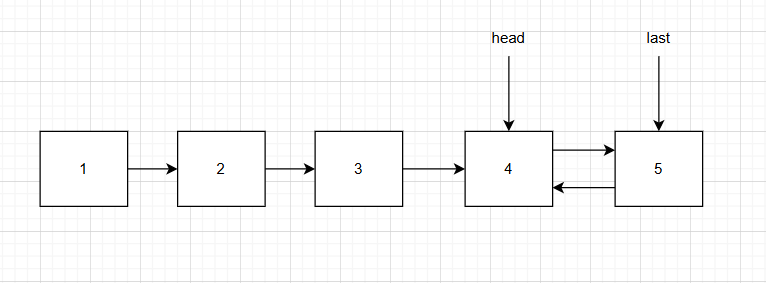
head.next = null;
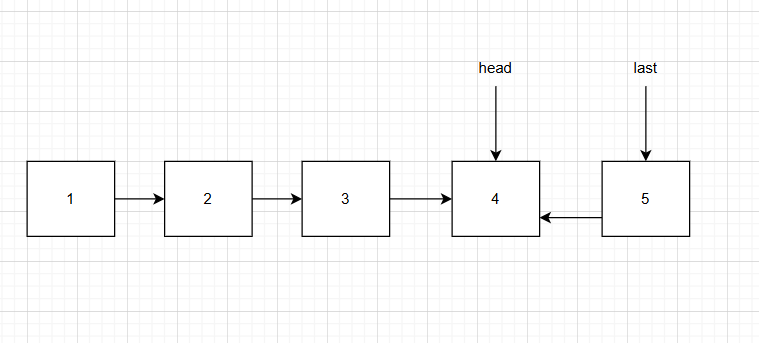
return last;
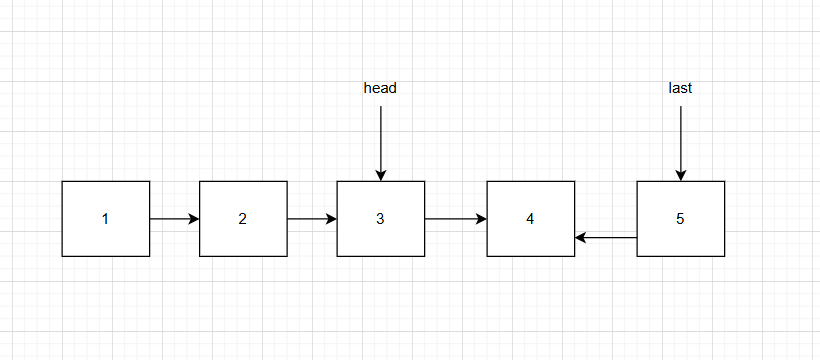
- head指向3節點,重復第四步,直到最后整個鏈表完成反轉
測試demo
ListNode類
public class ListNode {public int val;public ListNode next;public ListNode() {}public ListNode(int val) {this.val = val;}public ListNode(int val, ListNode next) {this.val = val;this.next = next;}public void loop(ListNode head) {while (head != null) {System.out.print(head.val + " ");head = head.next;}}
}
反轉實現
public class ListTest {public static void main(String[] args) {ListNode _5 = new ListNode(5);ListNode _4 = new ListNode(4, _5);ListNode _3 = new ListNode(3, _4);ListNode _2 = new ListNode(2, _3);ListNode head = new ListNode(1, _2);System.out.print("====反轉前:");head.loop(head);System.out.println();head = reverseList1(head);System.out.print("====反轉后:");head.loop(head);System.out.println();}// 1. 遞歸參數和返回值public static ListNode reverseList1(ListNode head) {// 1. 遞歸終止條件if (head == null || head.next == null) {return head;}// 遞歸邏輯ListNode last = reverseList1(head.next);// last是未反轉鏈表的最后一個節點head.next.next = head;// head和last構成雙向head.next = null;// head的向last的指向取消return last;}
}

while循環
使用遞歸的好處是,代碼簡潔,但是當鏈表數量特別大的時候,遞歸可能會引起java的虛擬機棧棧溢出
我們提出了第二種方法,就是while循環
public static ListNode reverseList2(ListNode head) {// head節點拷貝,pre和later節點用于暫存cur節點的前節點和后節點ListNode pre = null, cur = head, later = null;while (cur != null) {// cur節點代表了要反轉的節點,cur節點為null說明所有節點反轉完畢later = cur.next;// 1. later節點指向下一節點cur.next = pre;// 2. cur節點的next節點指向pre節點pre = cur;// 3. pre節點指向cur節點cur = later;// 4. cur節點指向later節點}return pre;}
-
ListNode pre = null, cur = head, temp;
head節點拷貝,pre和later節點用于后續暫存cur節點的前節點和后節點 -
while (cur != null) {}
cur節點代表了要反轉的節點,cur節點為null說明所有節點反轉完畢
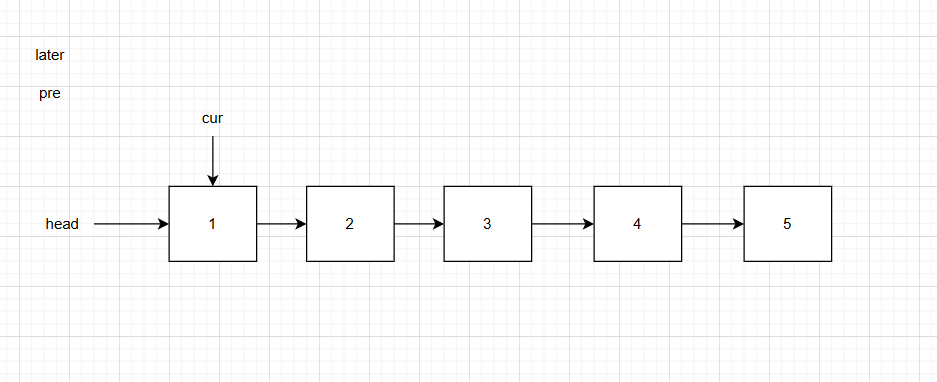
- later = cur.next;
記錄cur節點的后節點later
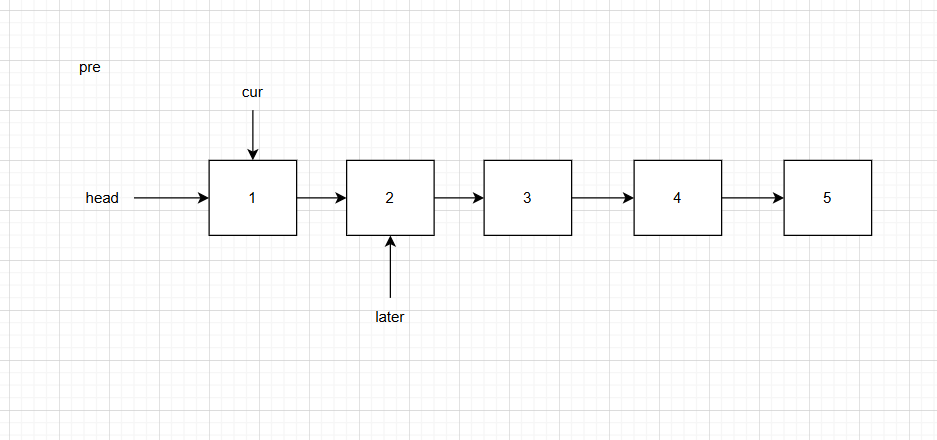
- cur.next = pre;(最核心的一步)
有人此時會說了,pre不是null嗎,為什么不能直接cur.next = null;呢?
這行代碼的真正含義是新增一條反向的路徑,只是第一個節點反轉的時候pre恰好為null
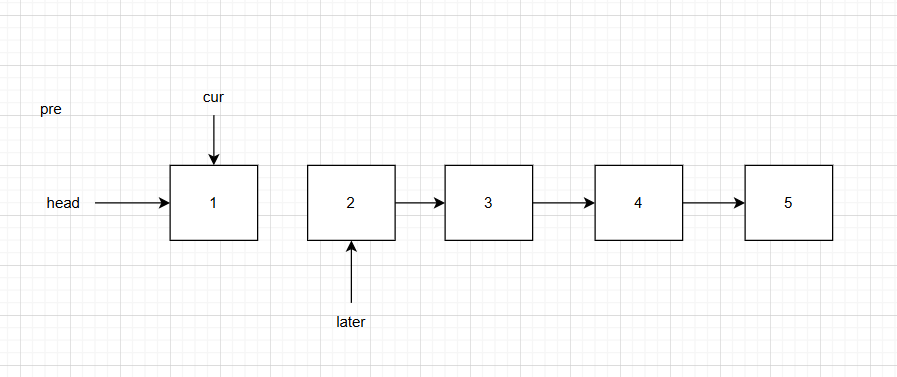
-
pre = cur;
記錄要反轉的節點的上一個節點

-
cur = temp;
相當于cur = cur.next,cur節點遍歷到下一個節點位置
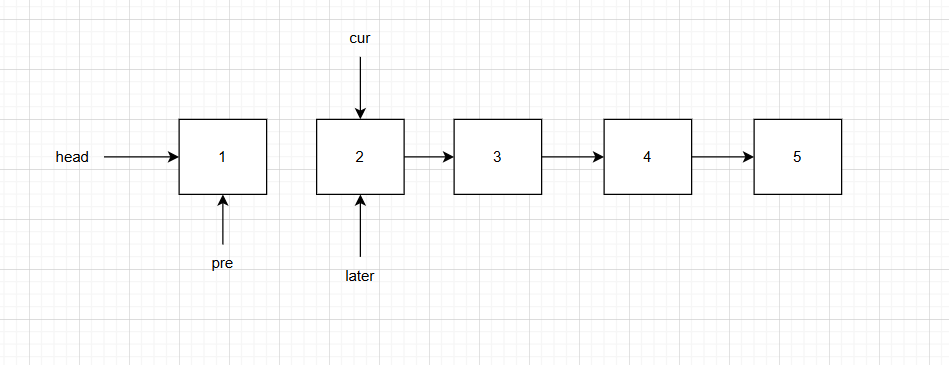
- 重復上述6步
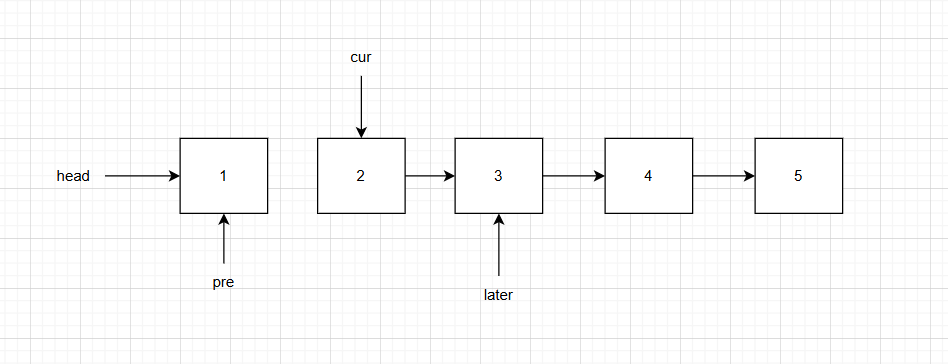
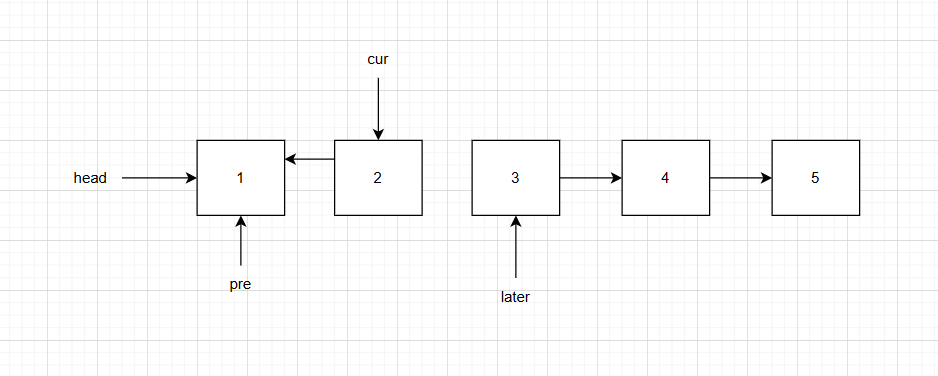
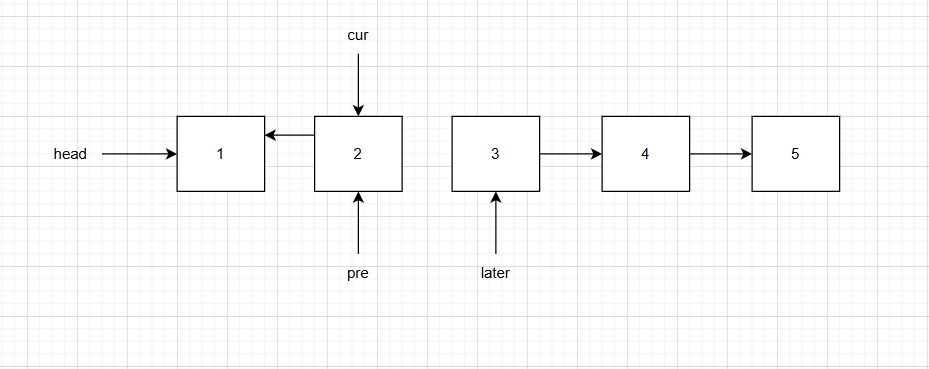
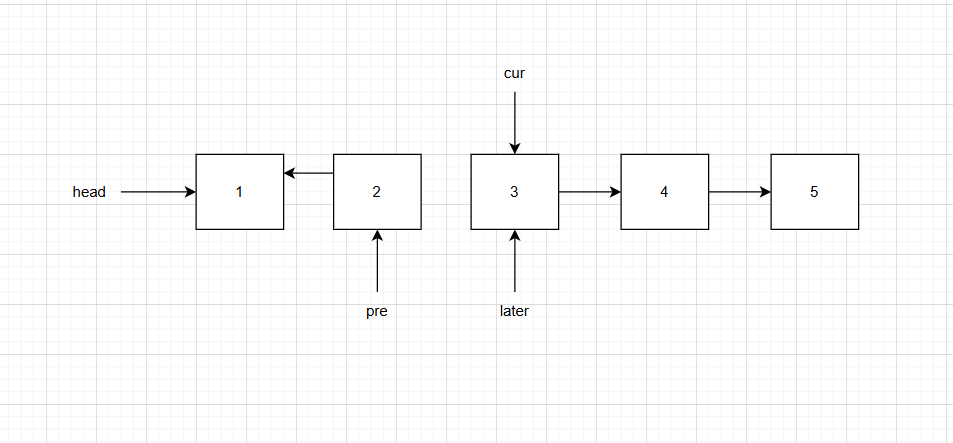
反轉節點3
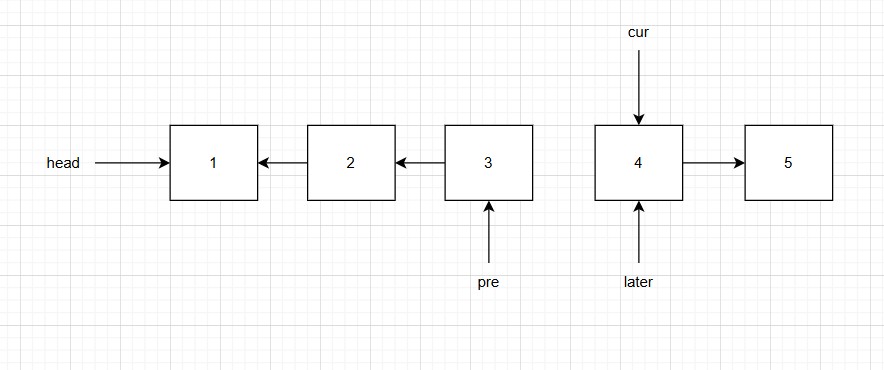
測試demo
同上
總結
遞歸的代碼邏輯清晰,但是消耗內存會比較多,而且可能會棧溢出;
while循環不會棧溢出;
兩者的時間復雜度都是O(n)級別的












![[原創][Delphi多線程]TThreadedQueue的經典使用案例.](http://pic.xiahunao.cn/[原創][Delphi多線程]TThreadedQueue的經典使用案例.)






